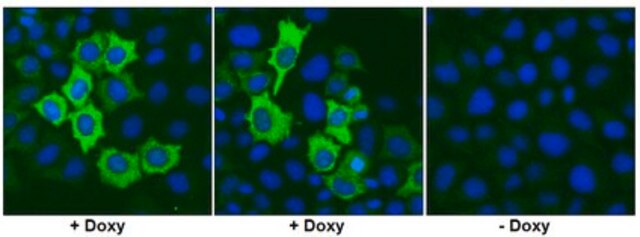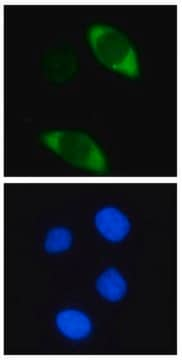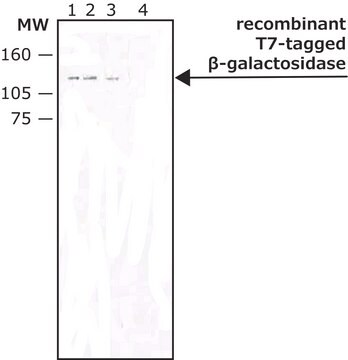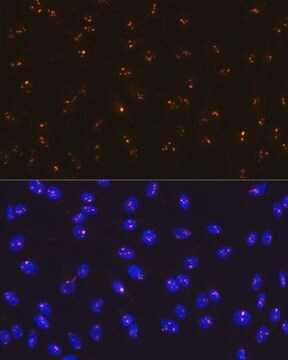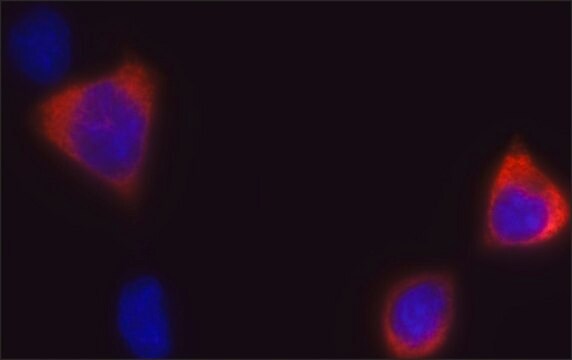MAB131872
Anti-Cas9 Antibody, clone 6F7
clone 6F7, from mouse
Synonim(y):
CRISPR-associated endonuclease Cas9, SaCas9
About This Item
Polecane produkty
pochodzenie biologiczne
mouse
Poziom jakości
forma przeciwciała
purified immunoglobulin
rodzaj przeciwciała
primary antibodies
klon
6F7, monoclonal
reaktywność gatunkowa
Staphylococcus aureus, mouse
metody
immunocytochemistry: suitable
western blot: suitable
izotyp
IgG1κ
numer dostępu UniProt
Warunki transportu
ambient
docelowa modyfikacja potranslacyjna
unmodified
Opis ogólny
Specyficzność
Immunogen
Zastosowanie
Western Blotting Analysis: A representative lot detected Cas9 in HEK293 overexpressing fusion protein containing GFP and C-terminus of Cas9 from S. aureus (Courtesy of Dr Gerry Shaw).
Jakość
Western Blotting Analysis: A 1:1,000 dilution of this antibody detected Cas9 in 10 µg of HEK293 cell lysates overexpressing a fusion protein containing GFP and c-terminus of Cas9 from Staphylococcus aureus.
Opis wartości docelowych
Postać fizyczna
Inne uwagi
Nie możesz znaleźć właściwego produktu?
Wypróbuj nasz Narzędzie selektora produktów.
Kod klasy składowania
10 - Combustible liquids
Klasa zagrożenia wodnego (WGK)
WGK 2
Certyfikaty analizy (CoA)
Poszukaj Certyfikaty analizy (CoA), wpisując numer partii/serii produktów. Numery serii i partii można znaleźć na etykiecie produktu po słowach „seria” lub „partia”.
Masz już ten produkt?
Dokumenty związane z niedawno zakupionymi produktami zostały zamieszczone w Bibliotece dokumentów.
Nasz zespół naukowców ma doświadczenie we wszystkich obszarach badań, w tym w naukach przyrodniczych, materiałoznawstwie, syntezie chemicznej, chromatografii, analityce i wielu innych dziedzinach.
Skontaktuj się z zespołem ds. pomocy technicznej